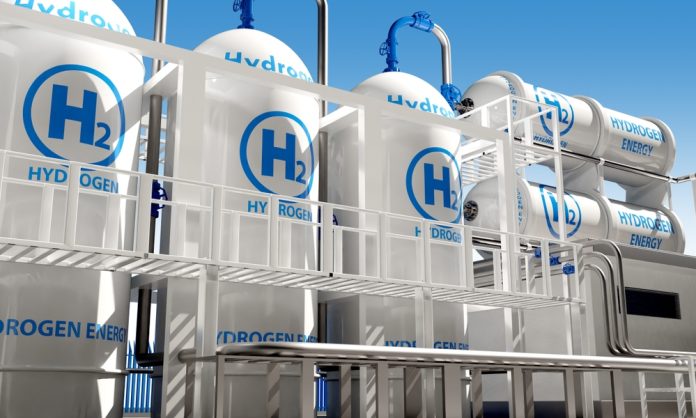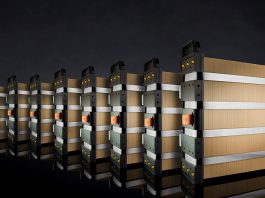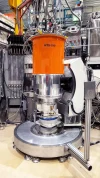A new report by analysts at Carbon Tracker claims that UK Government policies supporting blue hydrogen and gas-power CCS significantly under-estimate upstream liquid natural gas (LNG) emissions and risk derailing UK net zero targets.
Blue hydrogen is produced by burning natural gas coupled with carbon capture and storage (CCS).
The report, ‘Kind of Blue’, calculates the carbon intensity of blue hydrogen and gas power CCS and concludes that it could consume up to 63% of the UK’s sixth carbon budget.
Blue vs green hydrogen: The crucial differences
Blue hydrogen is hydrogen produced from natural gas with a process of steam methane reforming, where natural gas is mixed with very hot steam and a catalyst.
A chemical reaction occurs, creating hydrogen and carbon monoxide. Water is added to that mixture, turning the carbon monoxide into carbon dioxide and more hydrogen.
If the carbon dioxide emissions are then captured and stored underground, the process is considered carbon-neutral.
But there’s some controversy over blue hydrogen because natural gas production inevitably results in methane emissions from so-called fugitive leaks, which are leaks of methane from the drilling, extraction and transportation process.
On the other hand, green hydrogen is hydrogen produced by splitting water by electrolysis. This produces only hydrogen and oxygen.
We can use the hydrogen and vent the oxygen to the atmosphere with no negative impact.
Blue hydrogen production causes upstream emissions
Carbon Tracker claims that many of the upstream carbon emissions associated with blue hydrogen production are often under-reported.
It quotes independent studies that found that the carbon intensity of LNG from the US could be up to 150% higher than is reported by the UK’s North Sea Transition Authority.
This problem is particularly important for the UK and EU, which, following the 2022-23 energy crisis, are increasingly reliant on imported LNG, particularly from the USA.
The report’s author, Carbon Tracker associate analyst Lorenzo Sani, said: “Blue hydrogen and gas-CCS projects should not be considered low-carbon unless, in addition to achieving high carbon capture rates, they can guarantee to only use natural gas with low upstream emissions.
“Green hydrogen, produced from renewable electricity, remains the only truly low-emission pathway.”









